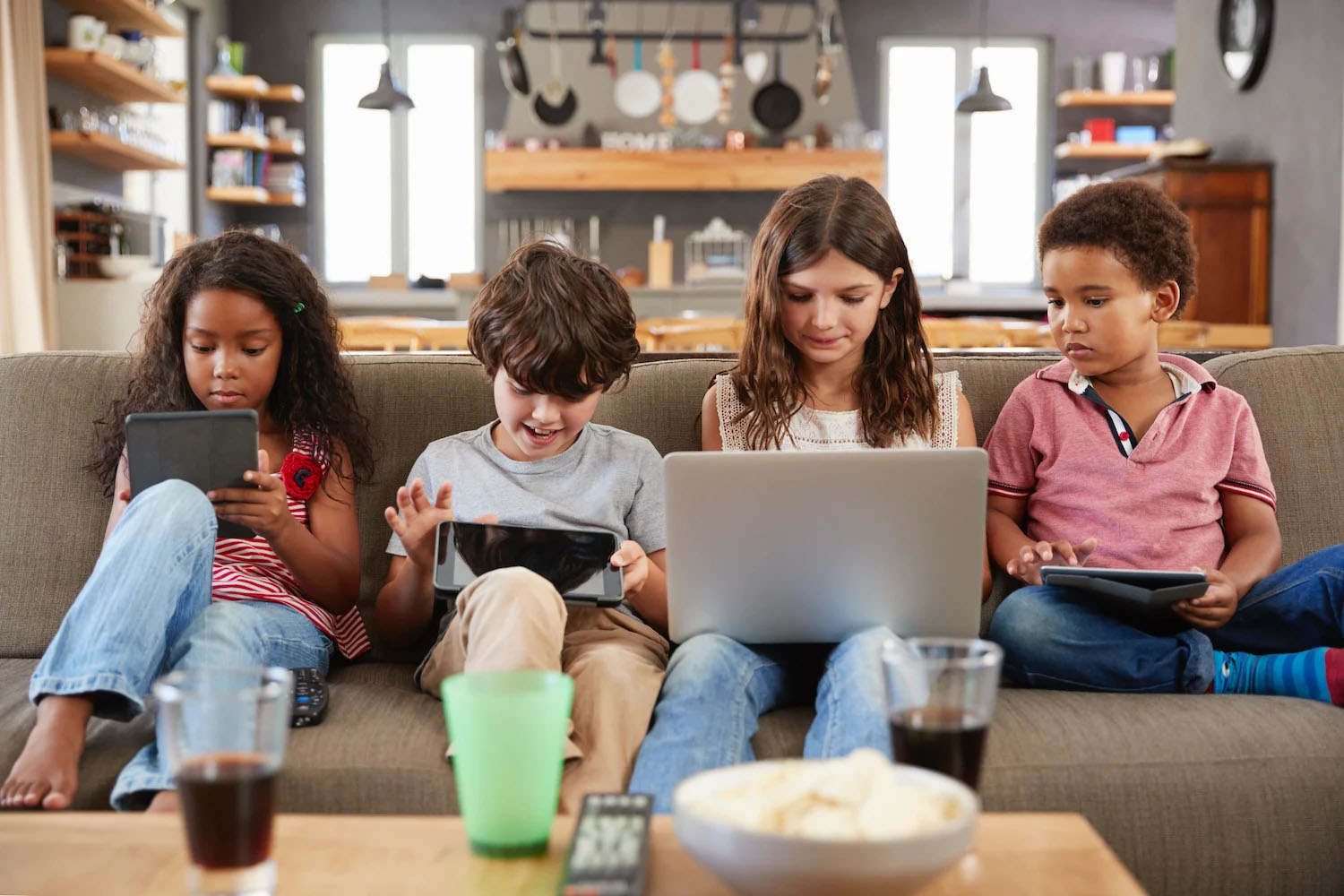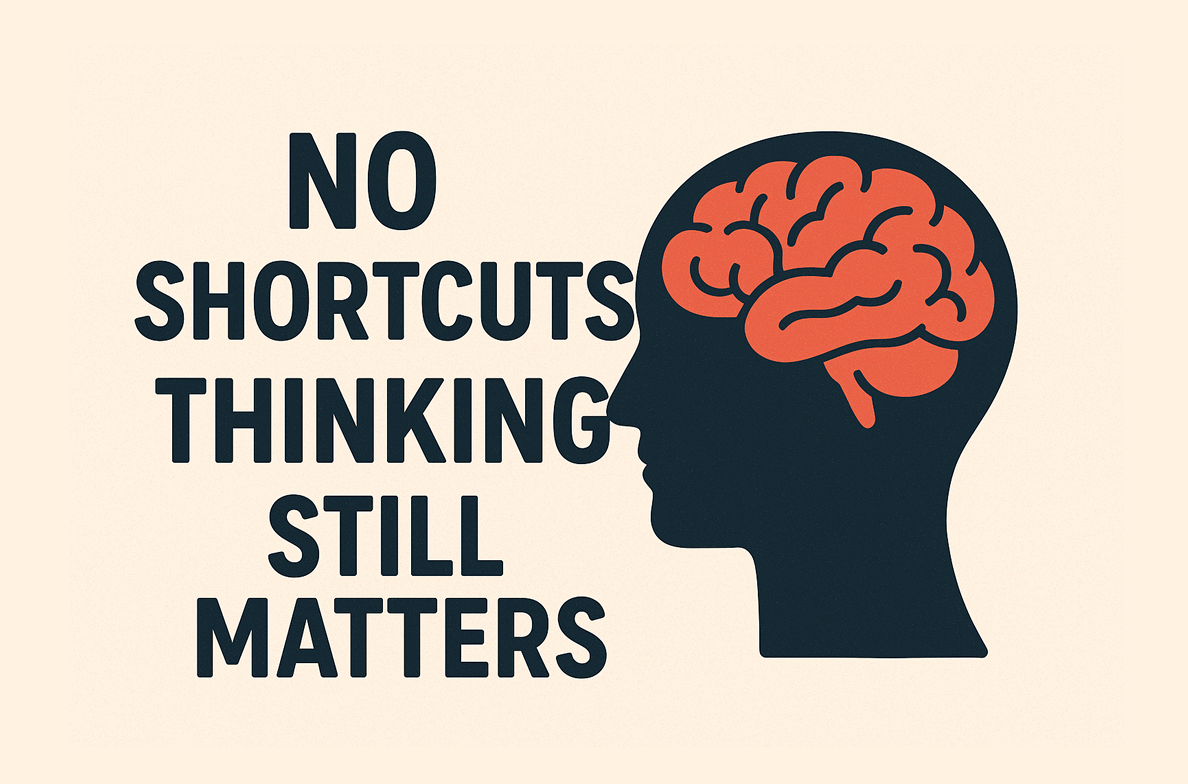
As the academic term winds down or during holiday periods, children often look forward to the freedom and excitement of their time off. For many families, these breaks offer a chance to relax, explore new interests, and reconnect. However, with more unstructured time, children tend to spend significantly more time on screens. Whether it’s playing games, watching YouTube, scrolling social media, or chatting with friends, screen time can quickly become the main activity of the day.
While digital devices can and do offer valuable entertainment and learning opportunities, excessive screen time may affect the physical, emotional, and mental well-being of children. Instead of banning screens altogether, the key is to help children cultivate healthy habits and find a balance between screen use and other meaningful activities. Breaks between activities allow children to recharge, learn new things, and enjoy experiences both online and offline.
Understanding the Risks of Excessive Screen Time
Although screens are part of everyday life, too much of anything can become unhealthy. Research from Harvard Medical School has shown that the blue light from screens can suppress melatonin—the hormone that regulates sleep—making it harder for children to fall asleep and stay asleep. This is especially concerning when screens are used right before bedtime.
Sitting for long periods without movement can also result in physical health concerns such as weight gain, back pain, or poor posture. Many children report dry eyes or headaches from extended use of screens. Mentally, too much screen time—especially when it replaces real-world interactions—can lead to irritability, low energy, and even feelings of loneliness. These issues become even more noticeable during school breaks, when children may not have a regular schedule or enough opportunities for outdoor play and social connection.
Practical Ways to Manage Screen Time
To help children enjoy a healthier, more balanced life through regular breaks from the screen, parents can guide them with a few practical strategies. The goal is not to eliminate screens altogether, but to manage their use in a way that supports a child’s physical health, emotional well-being, and social development. Below are several useful approaches families can take to control screen time and encourage more meaningful, well-rounded activities during the holidays.
- Cultivating a Balanced Daily Routine
One effective way to manage screen time is to set up a daily schedule. When children know what their day looks like, it helps them stay engaged in different types of activities—and not just rely on screens to fill their time. The schedule doesn’t have to be rigid, but having time blocks for meals, outdoor play, chores, reading, and screen time helps provide structure.
For example, mornings could be spent reading or doing crafts, while the afternoon might include 30 to 60 minutes of screen time followed by a family walk or an outdoor game. Even a simple schedule like this gives children a meaningful structure to their daily routine, which makes it easier to avoid spending the whole day on a device.

- Creating Device-Free Zones and Times
To reduce screen overuse, families can designate certain areas or times of day as ‘screen-free. For example, devices can be kept out of bedrooms, especially at night, to improve sleep quality. Mealtimes are another great opportunity to go screen-free and encourage real conversations.
Parents may also find it helpful to set a daily ‘screen cut-off time,’ after which all screens are turned off—perhaps an hour before bedtime. These boundaries can help children unwind and improve the quality of their rest.
- Encouraging Meaningful Screen Use
Rather than simply counting screen hours, it’s more helpful to look at what kind of content children are engaging with. Passive screen time, like endless scrolling or watching random videos, tends to be less enriching. In contrast, active or educational screen use—like interactive learning games, creative apps, or instructional videos—can be very beneficial.
Parents can guide their children toward screen time that sparks curiosity and learning. There are many apps and websites where children can learn coding, languages, art, or even music. Watching educational documentaries together or doing online science experiments can make screen time more engaging and family-friendly.
- Exploring Offline Alternatives
To reduce screen time, parents can offer fun and meaningful offline activities. In Malaysia, options like cooking local dishes, doing simple crafts, or growing a mini garden at home can keep children engaged. Outdoor time is just as important. Families can enjoy nearby parks, cycle around the neighbourhood, or visit places like Zoo Negara, local waterfalls, or cultural sites in Melaka and Penang. These real-life experiences not only promote learning and well-being but also help children connect with the world beyond the screen.
- Using Screen Time Tools and Parental Controls
Modern devices offer helpful features for managing screen time. Parents can set daily time limits, schedule ‘downtime’ when apps are blocked, or view reports on how much time is spent on each activity. These tools can help children stick to their limits more easily. It’s even better when children are involved in the process. Sitting down together to set screen time rules helps them understand their purpose and feel more responsible for following the plan.

- Supporting Teens with Balance and Boundaries
Teenagers often rely on screens not only for entertainment but also for learning, creative projects, and staying connected with peers. They might use technology to edit videos, compose music, chat in group messages, or explore potential career interests. Although their screen time may be greater, maintaining a healthy balance is still essential. Parents can play a supportive role by checking in regularly to ensure digital use isn’t disrupting sleep, physical health, or face-to-face interactions. Offering gentle guidance, encouraging offline hobbies, and respecting their growing independence can help teenagers develop responsible screen habits.
- Try a Family Screen-Free Challenge
A helpful way to manage screen time is to plan regular screen-free blocks during the week for family activities. Instead of relying on spontaneous breaks, families can schedule specific times—such as weekend mornings or weekday evenings—for offline fun. During these moments, everyone steps away from devices to focus on shared experiences like cooking together, doing simple DIY projects, going for a walk, or visiting a nearby attraction.
To keep children motivated, especially younger ones, parents can introduce small incentives such as earning points for each screen-free session, which can later be exchanged for a fun outing or gift. These routines not only limit screen exposure but also strengthen family bonds and create meaningful memories.
Screens are a part of modern life, and when used wisely, they can be a valuable tool for learning, entertainment, and connection. However, without balance, too much screen time can affect a child’s health, behaviour, and relationships. The good news is that with thoughtful planning and open communication, parents can guide their children toward a lifestyle filled with variety, creativity, and meaningful experiences—both online and offline.
By setting clear boundaries, encouraging screen-free activities, and making digital use more purposeful, families can create an environment that supports both well-being and growth. After all, the most memorable moments are often found not behind a screen, but in the real world, we live in every day.
屏幕时间管理:健康假期的小贴士
随着学期的结束或假期的到来,孩子们常常期待着放松和自由。对于许多家庭而言,这段时间是放松、探索新兴趣和增进亲子关系的好机会。然而,随着时间变得更加自由,孩子们往往会花更多时间在屏幕前。无论是玩游戏、观看视频、浏览社交媒体,还是与朋友聊天,屏幕时间很容易成为一天的主要活动。
虽然电子设备提供了有价值的娱乐和学习机会,但过多的屏幕时间可能会影响孩子们的身体、情感和心理健康。与其完全禁止使用电子屏幕,更重要的是帮助孩子培养健康的使用习惯,并在使用屏幕与其他有意义的活动之间找到平衡。在活动之间安排合适的休息时间,有助于孩子放松身心、学习新知识,并享受线上与线下的多样体验。
理解过度屏幕时间的风险
尽管电子设备已成为日常生活的一部分,但任何事物过量都可能变得不健康。哈佛医学院的研究表明,屏幕发出的蓝光会抑制褪黑激素, 一种调节睡眠的激素,从而使孩子们更难入睡并保持良好的睡眠质量。尤其是在临睡前使用屏幕时,问题更加严重。
长时间坐着不动也会导致身体健康问题,如体重增加、背部疼痛或不良姿势。许多孩子在长时间使用屏幕后会感到眼睛干涩或头痛。从心理角度来看,使用时间过长,尤其是在取代现实互动的情况下, 可能会导致易怒、精力不足,甚至感到孤独。
这些问题在假期期间尤为明显,因为孩子们可能没有固定的作息时间表,也缺乏足够的户外活动和社交机会。
实用的屏幕时间管理方法
为了帮助孩子通过定期远离屏幕并享有更健康、更平衡的生活,家长可以运用一些实用的策略进行引导。目标并非完全禁止电子产品的使用,而是在保障孩子身心健康和促进社交发展的基础上,合理地进行管理。以下几种方法可供参考,帮助家庭有效控制电子产品的使用时间,鼓励孩子在假期中参与更多富有意义、内容多元的活动,从而实现全面发展。
- 培养平衡的日常作息
管理电子产品使用时间的一个有效方式是制定合理的每日作息计划。当孩子们对自己一天的活动安排有清晰的认识时,更容易主动参与多样化的活动,而不会过度依赖电子设备来打发时间。这样的日程不需要过于严苛,但通过为用餐、户外活动、家庭任务、阅读以及电子产品使用设定明确的时间段,可以为孩子的生活带来节奏与秩序。
例如,上午可安排阅读或手工活动,下午则设定30至60分钟的电子产品使用时间,随后进行一次家庭散步或户外游戏。即使是这样一个简单的作息安排,也能为孩子建立良好的生活习惯,避免整天沉迷于电子设备。
- 制定无电子设备时段
为防止过度依赖电子产品,家长可在家庭中设定特定区域或时间段为“无屏空间”。例如,可将电子设备移出卧室,尤其是在夜间,有助于营造良好的睡眠环境。用餐时间也是重要的无屏时机,家人可借此机会进行面对面的交流,增强亲密感。
此外,建议家长设立每日的“电子产品使用截止时间”,例如在睡前一小时关闭所有设备。这类时间边界不仅有助于孩子放松情绪,也有利于提升整体睡眠质量。
- 鼓励有意义的屏幕使用
与其单纯关注孩子每天使用屏幕的时长,更值得关注的是他们所接触的内容。被动、缺乏目标的使用方式,例如反复刷社交媒体或观看随机视频,往往收获有限。相比之下,积极主动、具有教育意义的使用方式,如参与互动学习游戏、使用创意类应用程序或观看教学视频,能够带来更多认知与情感方面的成长。
家长可以积极引导孩子选择更有价值的内容,使屏幕时间成为激发兴趣和促进学习的机会。目前已有众多优质平台供孩子探索编程、语言、艺术以及音乐。全家人也可以共同观看教育类纪录片,或一起完成线上科学实验,让屏幕时间成为具有意义的家庭互动时光。
- 探索富有意义的线下活动
为了有效减少屏幕使用时间,家长可以主动提供丰富且具有吸引力的线下活动选择。在马来西亚,家庭可以尝试一起烹饪本地特色美食、进行简易手工制作,或在家中种植一个迷你花园,让孩子在动手过程中保持专注与活力。
户外活动同样不可忽视。家人可以利用闲暇时间前往附近公园散步、骑行探索社区,或安排参观国家动物园、本地瀑布,以及马六甲、槟城等地的文化遗址。这些真实世界的体验不仅有助于拓展孩子的视野、促进身心健康,更能够引导他们建立起对自然与社会的真实连接,从而平衡虚拟与现实生活。
• 善用屏幕时间管理工具
如今的电子设备大多内置了实用的屏幕时间管理功能。家长可以设定每日使用时长的上限、安排“休息时段”以暂时屏蔽某些应用,或查看孩子每天在不同类型活动上的使用情况报告。这些工具不仅方便直观,也能协助孩子更轻松地遵守合理的使用安排。
如果孩子能参与到规则的制定过程中,往往更容易理解并接受这些安排。建议家长与孩子共同讨论屏幕使用规范,明确其背后的用意,让孩子在过程中建立自我管理的意识与责任感。这种协作式的方法,有助于培养孩子长期维持良好使用科技产品的意识与自律。
- 支持青少年实现平衡与设立界限
青少年不仅仅是为了娱乐使用屏幕,他们还用于学习、创作项目以及与同龄人保持联系。他们可能会用技术编辑视频、创作音乐、参与群聊或探索职业兴趣。虽然他们的屏幕时间可能较多,但保持健康的平衡仍然至关重要。
通过温和的提醒、对线下兴趣的支持以及尊重他们的独立性,有助于青少年养成负责任的屏幕使用习惯。
家长应定期检查,以确保屏幕时间不会干扰到睡眠、身体健康或现实生活中的人际关系。
- 尝试家庭无屏挑战
管理屏幕时间的一种有效方法是为家庭活动计划定期的无屏时段。家庭不必依赖临时决定,而是为每周安排固定的时间,例如周末早晨或工作日晚间进行线下互动。大家一起关掉设备,专注于共同的活动,比如一起烹饪、做手工、散步,或参观附近的景点。
为了激励孩子,尤其是年幼的孩子,家长可以设置小奖励,比如每次无屏活动后可以赚取积分,积分可以用来兑换有趣的外出活动或礼物。这样的常规安排不仅能限制屏幕时间,还能增强家庭凝聚力,创造有意义的回忆。
电子设备已经成为现代生活的一部分,在合理使用的情况下,它们可以是学习、娱乐和沟通的重要工具。然而,如果使用不当,过多的屏幕时间可能会对孩子的健康、行为和人际关系产生负面影响。幸运的是,通过深思熟虑的规划和开放的沟通,家长可以引导孩子们在日常生活中实现更多的多样性、创造力和有意义的体验。
通过设定明确的界限、鼓励更多的线下活动,并使电子设备的使用更具目的性,家庭可以营造出一个既有利于身心健康又能促进成长的环境。毕竟,最难忘的时刻往往不是发生在屏幕前,而是在我们每日生活的现实世界中。


































